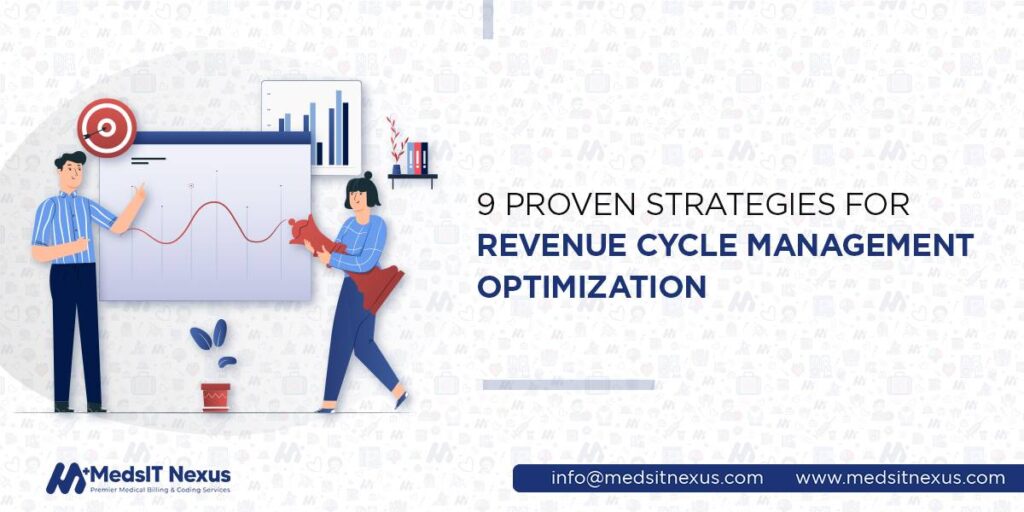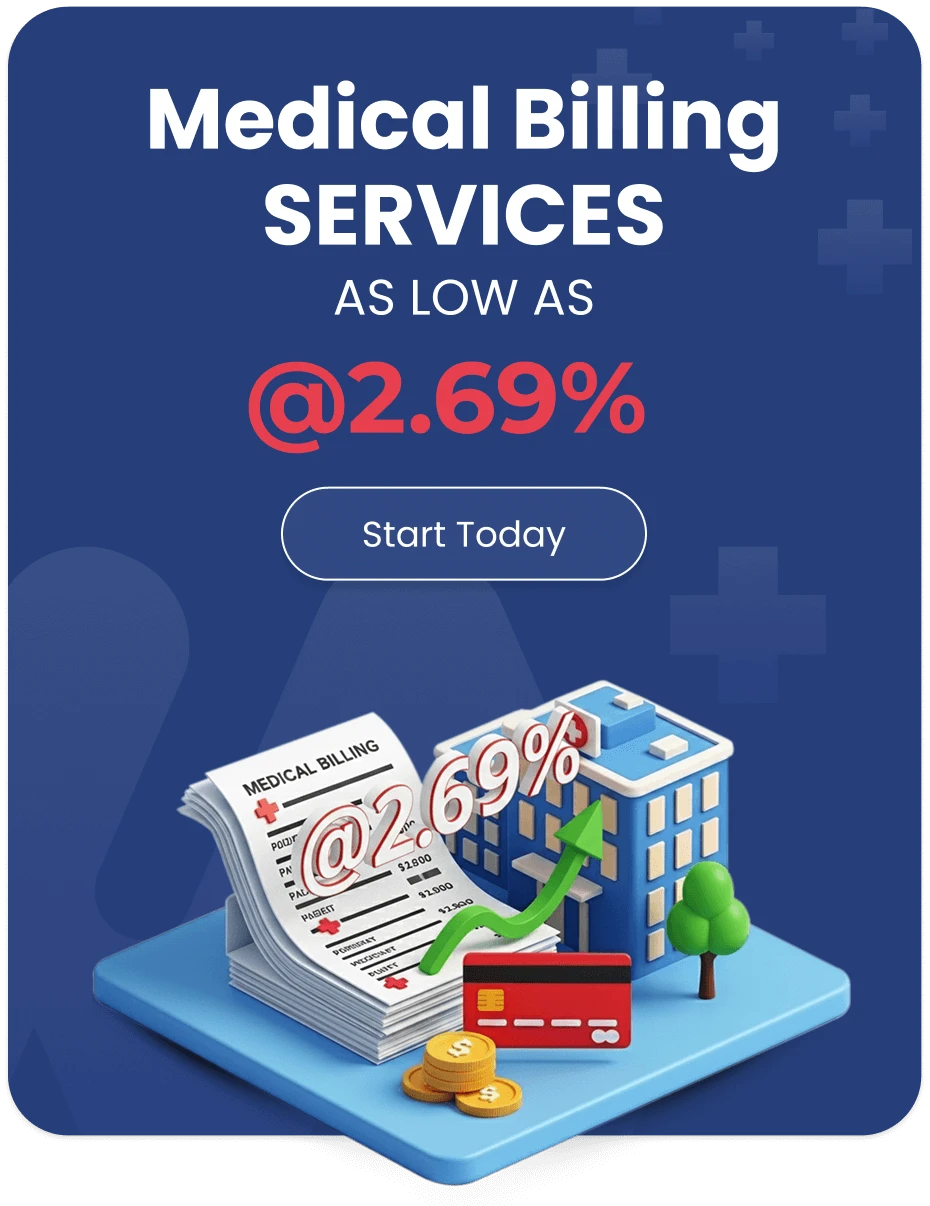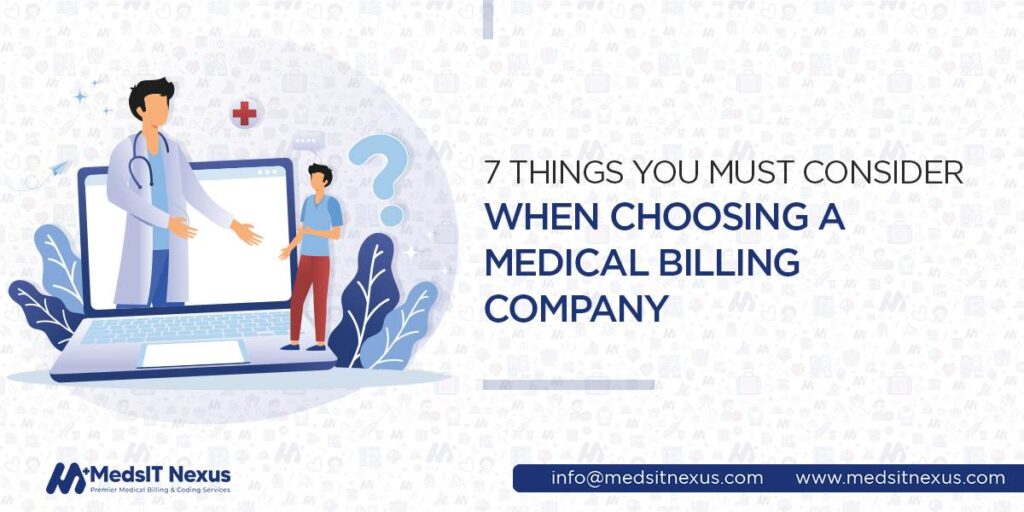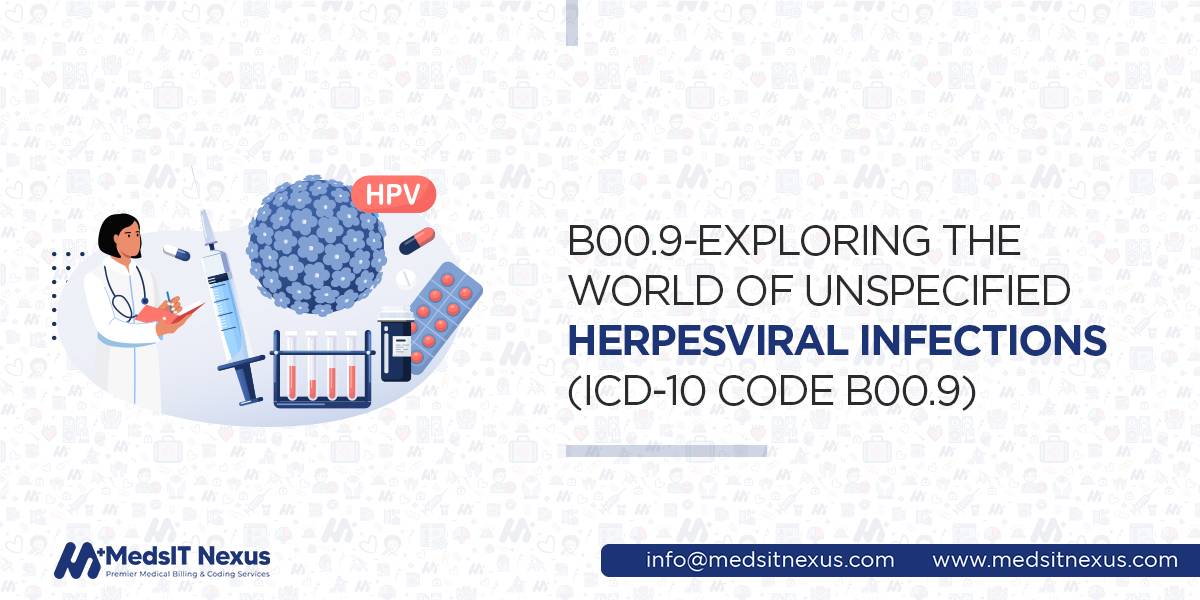9 proven strategies for revenue cycle management optimization

As Covid Pandemic rages, the healthcare financial workforce must revamp the practice management workflow processes because the medical organizations experienced heavy volume and income losses when the healthcare workers were involved in treating patients from a dangerous and contagious infection. Medical billing and periodic coding evolvement were already in effect, and the looming threats of covid outbreaks and quarantines have also added strain to the medical practice’s revenue cycles. These occurrences have pressurized the revenue cycle workforces to implement robust strategies for revenue cycle optimization keeping their ship anchored even in the rough waters. I have explored a few recommendations to help you lead your financial processes in a coherent pathway before you face severe regulatory consequences.
How can revenue cycle management be improved?
You can significantly improve your revenue cycle by preventing physician enrollment issues in the business processes. Yet, most medical practices do not consider this part serious, leading to consistent credentialing flaws. Hence, medical organizations overwhelm by several financial issues, which cause excessive loss of their practice revenue. Furthermore, additional critical factors are listed; you should consider them for revenue cycle optimization.
End-to-end assessment of RCM workflow processes
Healthcare businesses often face denials in compensation claims from insurance companies because it is a fact that 25% of the medical practices fail to get reimbursement for their performed medical procedures, which maximizes the problem of losing revenue throughout the year. Suppose your organization also has a disturbing financial position because of the higher claims rejection. In that case, you must identify the root cause of such denials by performing an end-to-end assessment of your RCM workflow processes. Let me demonstrate how to evaluate your practice management by following best practices.
Medical Practice’s Key Performance Metrics:
One factor you should consider to
assess your practice management workflow processes is you must leverage key performance metrics of
your medical practices. It is essential to know the importance of industry standards and compare
your practice revenue performance to those standards; it will help you improve revenue cycle
efficiency, identify industry trends, and provide you with the best possible solutions to put things
in the right direction if they are going wrong. Following are the key metrics you need to consider:
- Bad Debt
- Cost of collect
- Net Collection Percentage
- Point-of-Sale Service (POS) Cash Collections
- Days in Accounts Receivable
- Late Charge as Percentage of Total Charges
- Clean Claim Rate
- Resolve Rate
- Cash Collection as a Percentage of Net Patient Service Revenue
- Days in Total Discharged Not Billed
Streamline your RCM workflow with healthcare technology
Modernized practice revenue management allows medical practitioners to provide the best experience to their patients with transparent communication and to ensure peak conditions for their revenue cycle systems. Because of the periodic changes in the regulatory regulations and the payer policies, medical organizations are bound to select an innovative core solution to eliminate the manual workflow processes and reduce the labor costs required to submit clean claims and receive reimbursement promptly. A telehealth practice management solution automates the process of charge entry, processing claims, payment posting, and report generation to meet the critical deadlines defined by the Payer in completing various RCM processes and getting timely reimbursement.
Optimizing front-end revenue cycle process
In the ongoing series of exploring strategies for revenue cycle optimization, elegant patient help desk services are critical to reducing headaches on the backend processes and getting an adequate reimbursement from the payer. Patients should interact reliably with the healthcare system to give them an exceptional experience; for this, Gosen Health has focused on modernization as the patients are more computer intelligent and prefer medical providers who have online portals where they engage remotely to verify their demographics, providing a photo of their insurance card and photo ID, as well as read and sign their consent digitally.
Sue plank, a director of patient access, declared in his interview that a technology-friendly patient access management system allows us to maximize the accuracy in the correct insurance entry, accurate demographic verification, and the collection of patient’s financial responsibility at the front end, reduces rework throughout the revenue cycle, and ultimately reduces the daily issues in the reimbursement process.
Provide reliable payment options to your patients
As per the laws defined by the regulatory authorities, medical providers and organizations must maximize the patient relationship by providing transparent services and always putting the patient at the center of the process. There are several things to consider in delivering premier value to patients where reliable payment options are a prominent factor.
In this section, let’s elaborate on why your healthcare practice must offer digitalized payment options for the patients and how its integration can optimize your revenue cycle management. According to recent research, seventy percent of patients prefer to pay their medical bills online, but only thirty percent of the patients receive medical bills electronically. Many medical organizations provide a terrible and frustrating experience to their patients by using a dated system to manage patient invoicing and payments; therefore, patients write a check and mail their payments.
In addition to meeting patient demands, the online payment system has numerous benefits in maintaining the financial health of your medical practices. It will have a substantial effect on revenue cycle optimization. Below are the top reasons you must consider implementing digital payments in healthcare:
- Enhances the patient experience
- Offers a more streamlined workflow processes
- Simplifies the record-keeping at medical practices
- Enhances the patient revenue cycle management
- Provides patients with a modern checkout process
Maintaining the clean claim’s submission rate
Once your claim is denied, the process begins again, involving the reanalysis, denials identification, and the necessary action to be taken to approve the claim from the insurance carrier. It strains your organization’s time and resources, ultimately disturbing your medical practice’s financial position by harming your revenue cycle management. Therefore you must get the maximum number of claims paid at the first submission for running your medical organization on a profit where resources are limited and time spent is crucial. Here are some actionable ways you can implement to ensure an optimum percentage of clean claims and build a continuous process.
Leverage the claim scrubbing technology:
Your business partner in the practice management is highly committed to maximizing your clean claim
rate by utilizing the claim scrubbing technology, which comprises the intelligent algorithmic
procedures through which the claims pass through to ensure whether they are coded according to the
payer regulations before it reaches to the payer’s adjudication system.
Prioritizing payer updates:
The practice management workforce must stay on top of periodic changes in payer regulations. Failing
to do so will lead to claim denials, such as missed timely filing deadlines, exasperated prior
authorization, or document requirements.
Ongoing education on complete and accurate coding:
Next way to minimize the claims’ denial rate is to ensure your staff who is involved in any part of
the revenue cycle management receives ongoing education on complete and accurate coding. They must
know how the incentives for their error-free work could help maximize the medical organization’s
financial health.
Deploy an efficient denial management system
According to recent research, for every ten submitted claims, one claim is rejected by the Payer, costing health systems 2% of their total revenue. Therefore, your medical organization must integrate a robust denial management system in business workflow processes to ensure your physicians receive reimbursement more quickly with the minimal risk of no payment. Your denial management system must be comprised of the following intelligent processes, which ensure denial prevention and management efficiently:
- Claims tracking
- Quality denial management software
- Advanced claims scrubbing
- Automates the process of the insurance verification process
- Utilize services from a qualified RCM services vendor
Implement standardized data analytics and reporting
If you want to get the most out of your revenue cycle, it is necessary to keep an eye on healthcare industrial development by analyzing trends and implying the best practices and commitment for regular improvement. To take true benefit of data analytics, healthcare providers must leverage a technology-forward approach that includes artificial intelligence and predictive analytics with standardized reporting to identify problematic trends in both payer behavior and internal revenue cycle processes. It would help you to optimize the complete process from clean claim submission to successful reimbursement, which maintains the overall financial performance of your medical organization.
Collect patient's copay promptly
The next critical factor you should consider in the revenue cycle optimization is the timely collection of the patient’s payments. According to practice management experts, it is very important to collect patient balances when the patient is in front of you during the check-in or check-out process because once the patient leaves the clinic, the chance of collecting the patient’s responsibility drops by 20%.
Acquire an experienced billing partner
You can overcome the continuing challenges in revenue cycle management by establishing a financial relationship with a renowned healthcare administrative partner. Medical billing companies usually have a broader pool of resources, including highly qualified revenue cycle experts, billing and coding software, and a dedicated team who is proficient in following up with the insurance carriers to receive reimbursement promptly. In this context, MedsIT Nexus medical billing and coding services can help you mitigate difficulties that come from the payer side but also reduce the overall production cost and optimize your revenue cycle performance.
Dr. Sana Pervez, Pharm.D, CCS, CPC -
Clinical Compliance Advisor at MedsIT Nexus
Responsible for Medical and compliance review of all healthcare RCM and billing content before publication.






